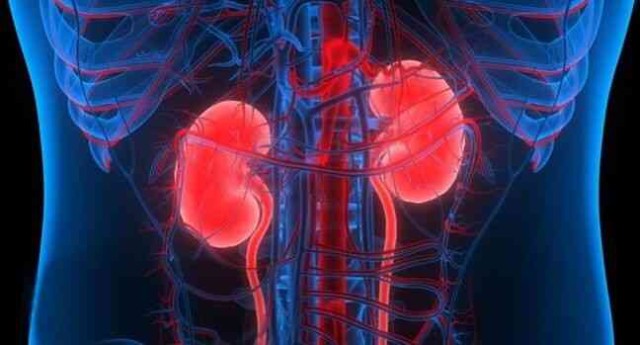
In recent years, nuclear medicine has
proven itself as one of the most effective methods for treating cancer in
Kazakhstan. For its early diagnosis and treatment, the Institute of Nuclear Physics
produces 90 percent of radiopharmaceuticals. Moreover, they produce three main
drugs, two of them based on the radioisotopes iodine-131 and technetium-99m are
made at the nuclear research reactor.
«Almost all organs and
systems can be examined using technetium and a kit chosen by the doctor. The gold standard in nuclear medicine is the control of bone
metastases. The kit is labeled with technetium, administered to the patient,
and if there are bone metastases in cancer, they are clearly visible during the
examination,» said Yelena Chakrova, head of the Radiochemistry and Izotope Production Center
at the Institute of Nuclear Physics.
New drugs based on the fluorine-18 isotopes
and lutetium-177 are currently being developed. Doctors say that they are
essential for diagnosing prostate cancer, and successful treatment depends on
early detection, which is carried out with the help of another Kazakh drug - fluorodeoxyglucose
18F.
«Radiopharmaceuticals in medicine use
short-lived or ultra-short-lived isotopes. We cannot import them from other
countries as the transportation time must not exceed four hours for
fluorodeoxyglucose, for example. Therefore, we cannot bring this radiopharmaceutical
from other countries and distant regions, we must produce it here,» noted Jandos
Amankulov, head of the Department of Radiology and Nuclear Medicine at the
Kazakh Institute of Oncology and Radiology.
This year, the first delivery of these vital
medications was made to the Kyrgyz Republic. Notably, diagnosis and treatment
of cancer diseases are currently conducted in nine nuclear medicine
centers in Kazakhstan. Plans are in place to open several more centers in
Astana, Aktobe, Karagandy, and Oskemen. The country intends to further develop
nuclear medicine, with a key role to be played by nuclear power. Domestic
scientists, guided by the experience of South Korea, Japan, and the U.S., will
introduce advanced technologies.









